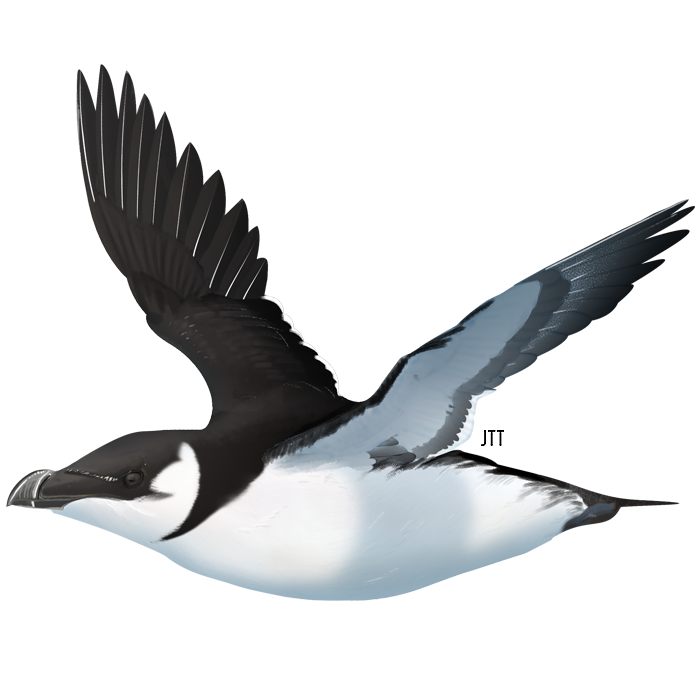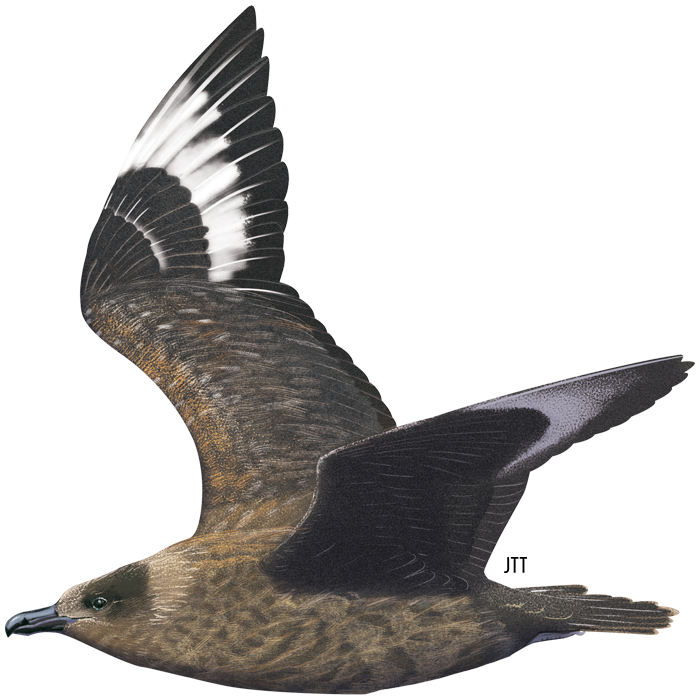Along the wide Oceans and seas of the world, seabirds can easily be found. Some birds live their entier life at sea. Seabirds species represent a biodiverse group extremely well adapted to the marine environments.
In fact, seabirds are birds that have adapted to life within the harsh marine environment. Their lifestyle, behaviour and physiology may vary from species to species, despite exhibiting a convergent evolutionary scale.
Adult northern gannet off Lisbon
Most species feed on pelagic fish or are opportunistic
Seabird species sighted in Lisbon
- Cory’s Shearwater (Calonectris diomedea borealis)
- Northern Gannet (Morus bassanus)
- European Storm-petrel (Hydrobates pelagicus)
- Balearic Shearwater (Puffinus mauretanicus)
- Common Tern (Sterna hirundo)
- Little Tern (Sternula albifrons)
- Sandwich Tern (Thalasseus sandvicensis)
- Common Murre (Uria aalge)
- Great Skua (Catharacta skua)
- Arctic Jaeger (Stercorarius parasiticus)
- Black Scoter (Melanitta nigra)
- Great Cormorant (Phalacrocorax carbo)
- European Shag (Phalacrocorax aristotelis)
- Yellow-legged Gull (Larus michahellis)
- Lesser Black-Backed Gull (Larus fuscus)
- Common Black-headed Gull (Chroicocephalus ridibundus)
- Sabine’s Gull (Xema sabini)
- Great Shearwater (Ardenna gravis)
- Sooty Shearwater (Puffinus griseus / Ardenna grisea)
- Manx Shearwater (Puffinus puffinus)
Some seabirds, such as Terns, Gulls and Cormorants share both Marine and Aquatic habitats with other Water Birds along the Tagus Estuary.
Ilustrations by João Tiago Tavares
Pelagic Birdwatching Tours
Seabird watching can be organized with our specialist Ornithologist and Marine Biologist using Chum as a technique to attrack seabirds on board our boat so close to Lisbon.





























